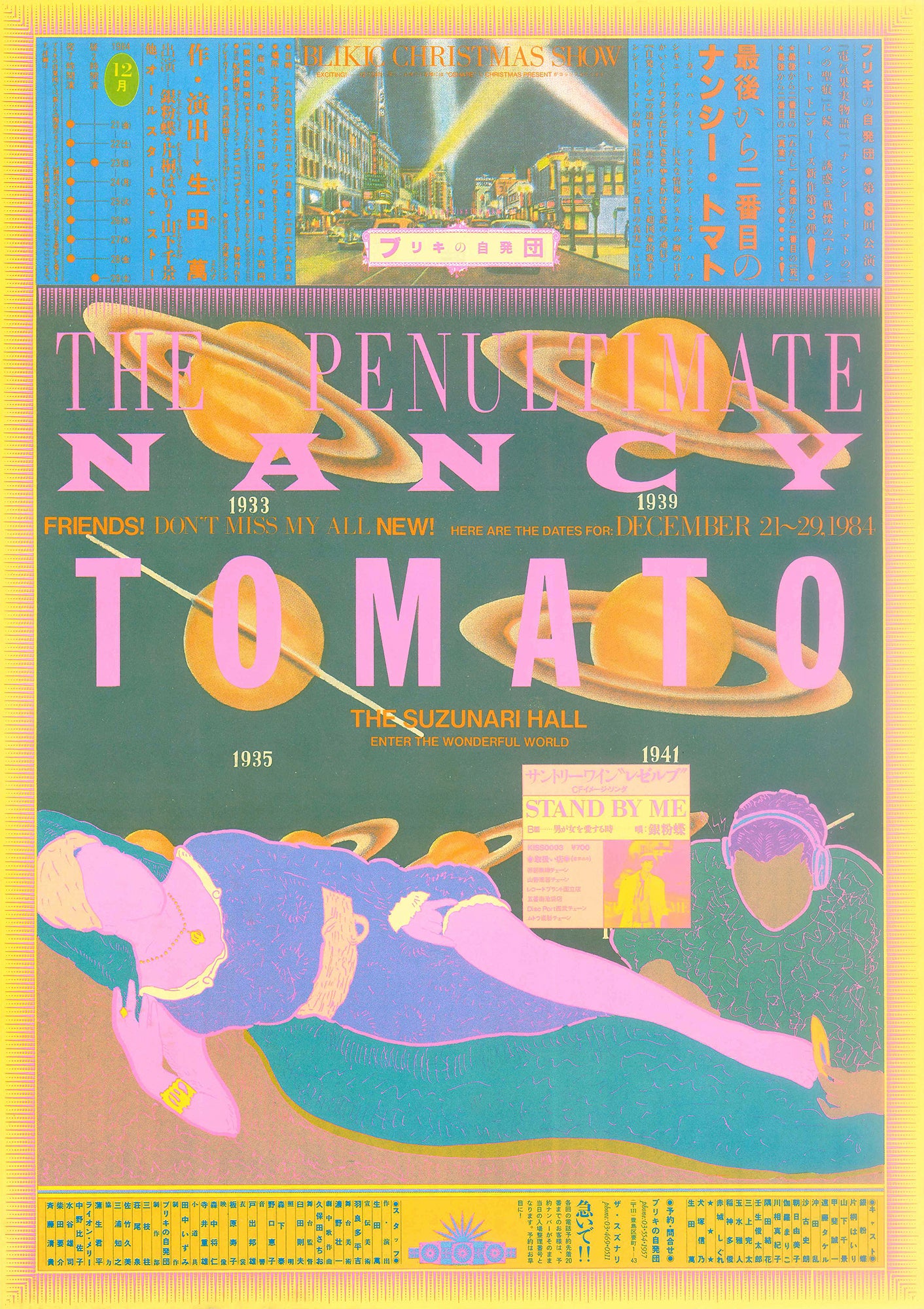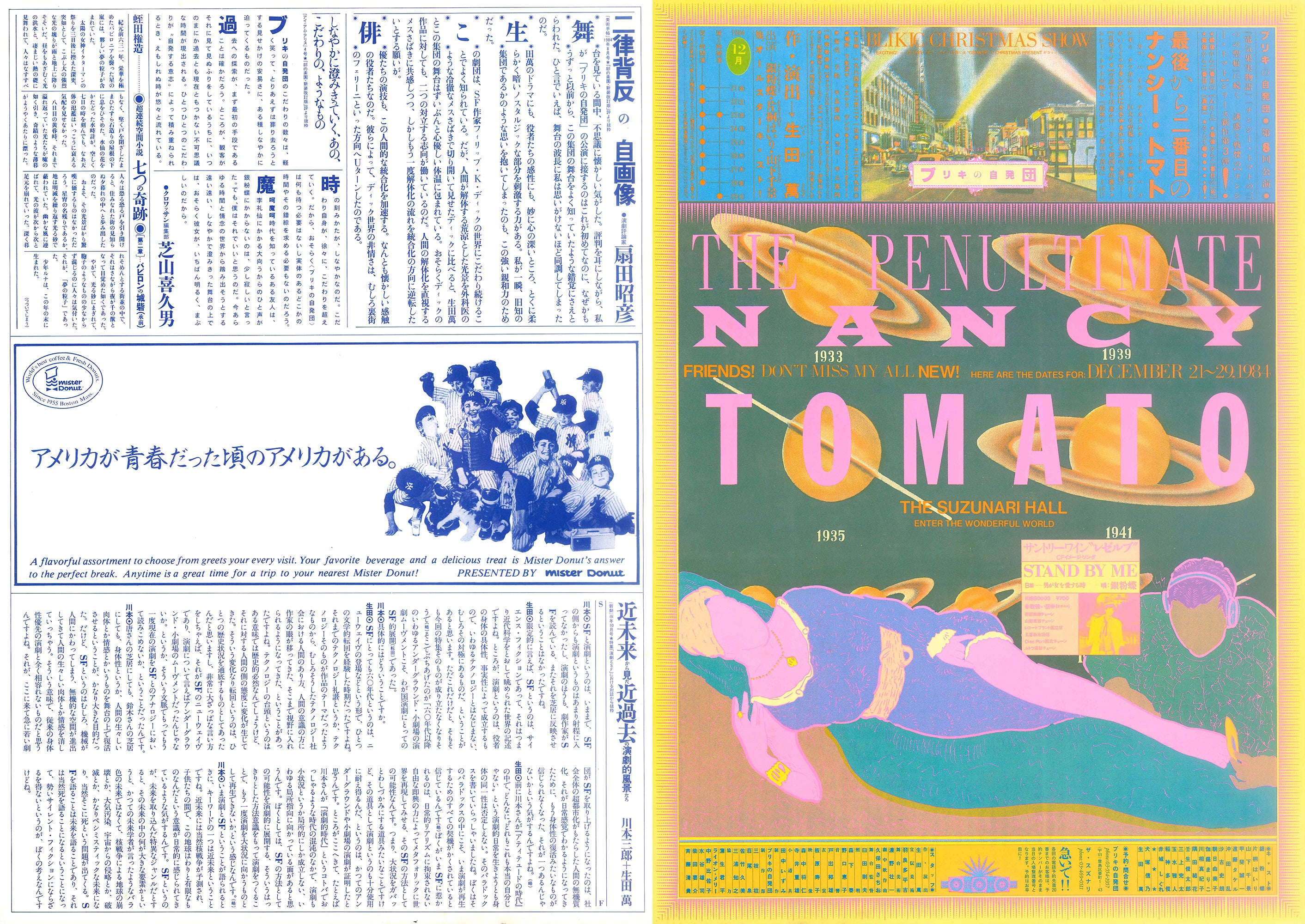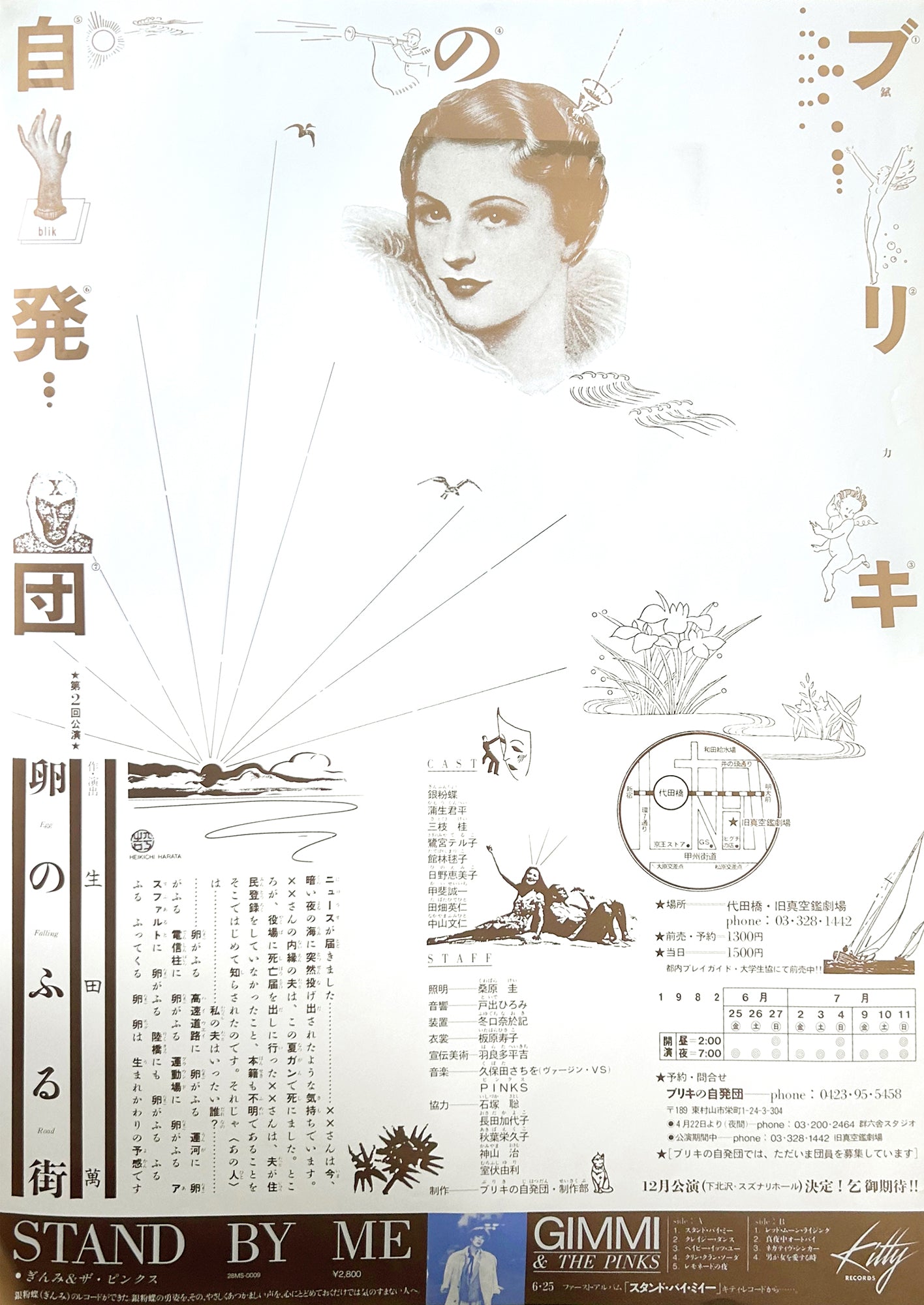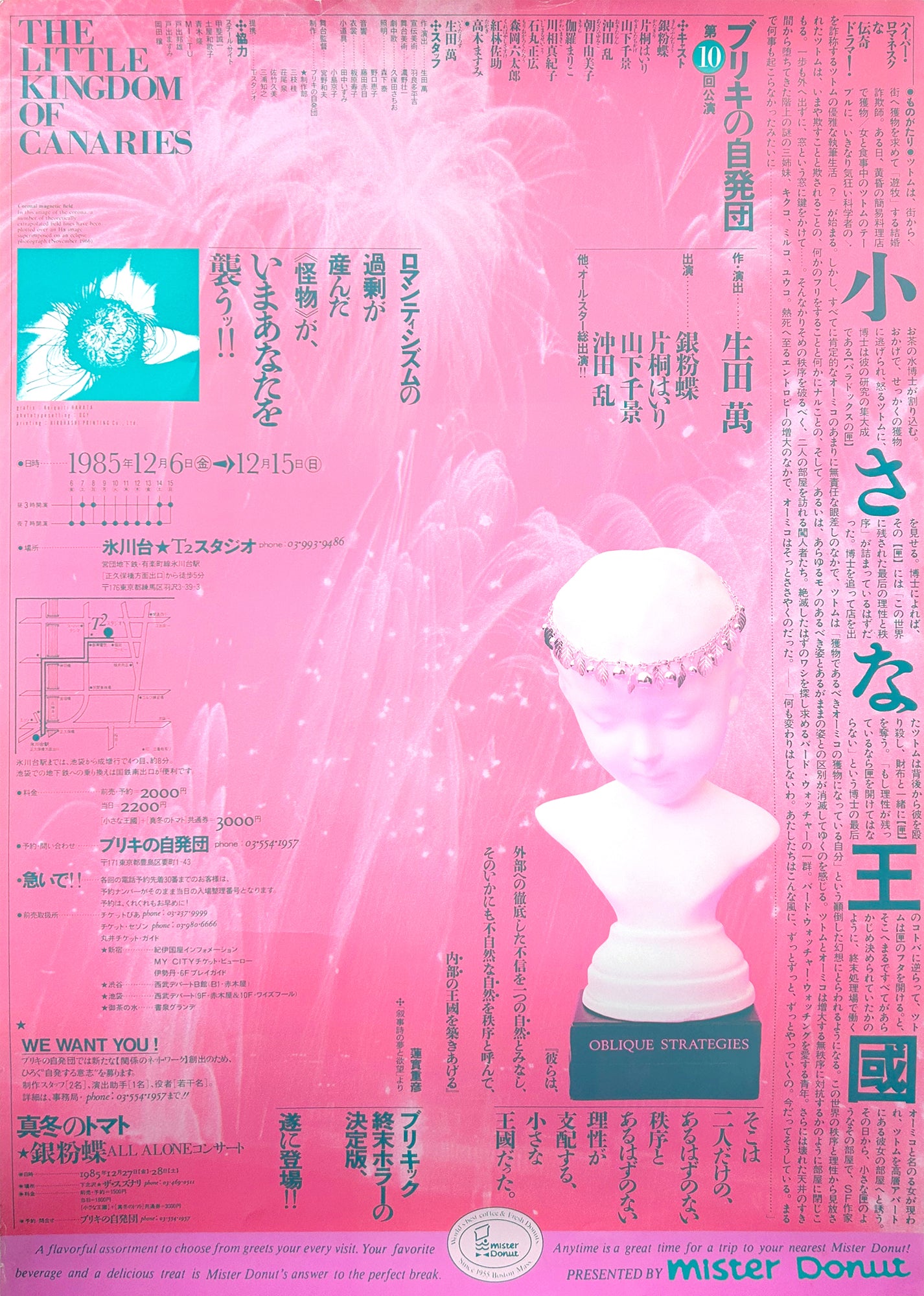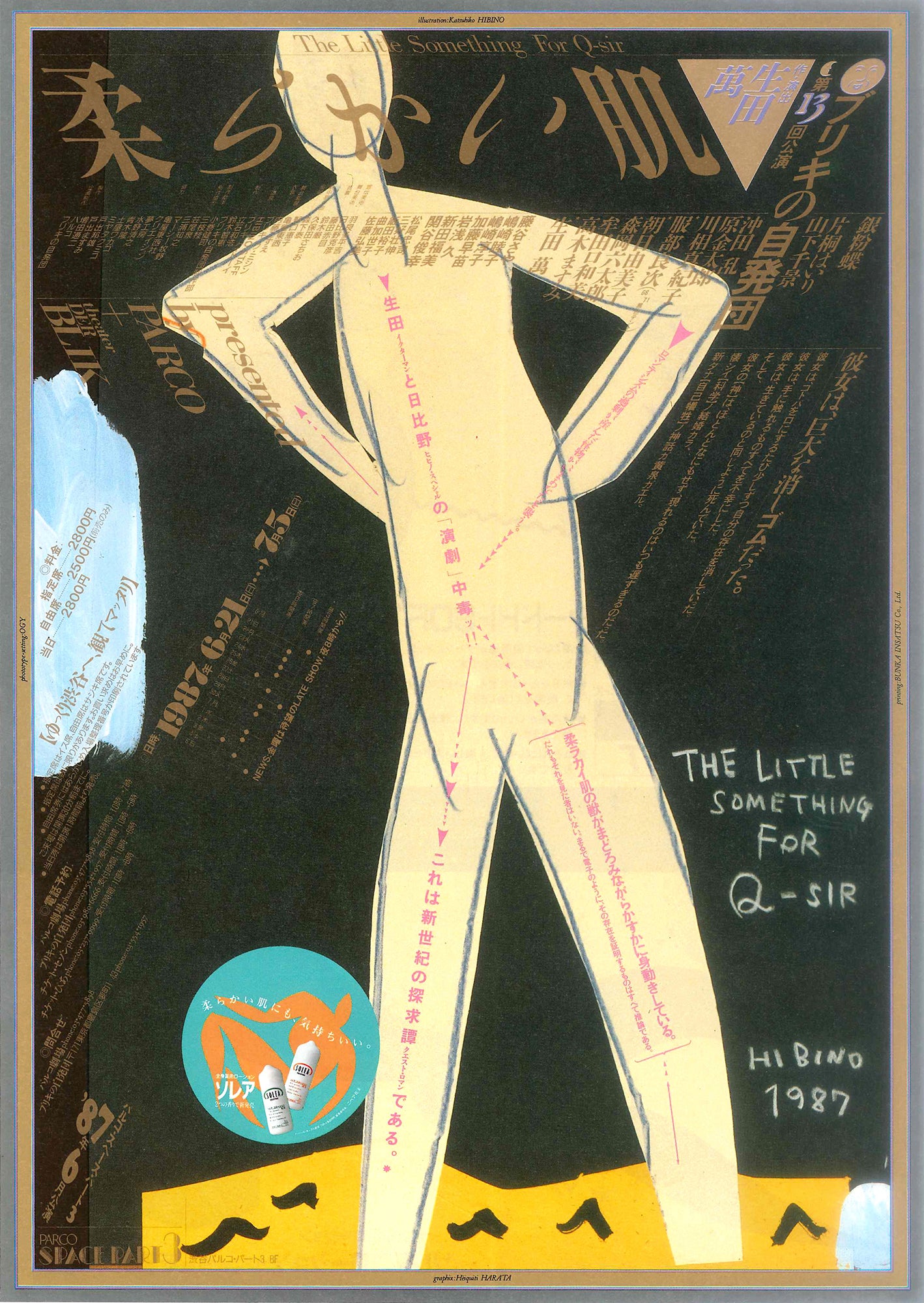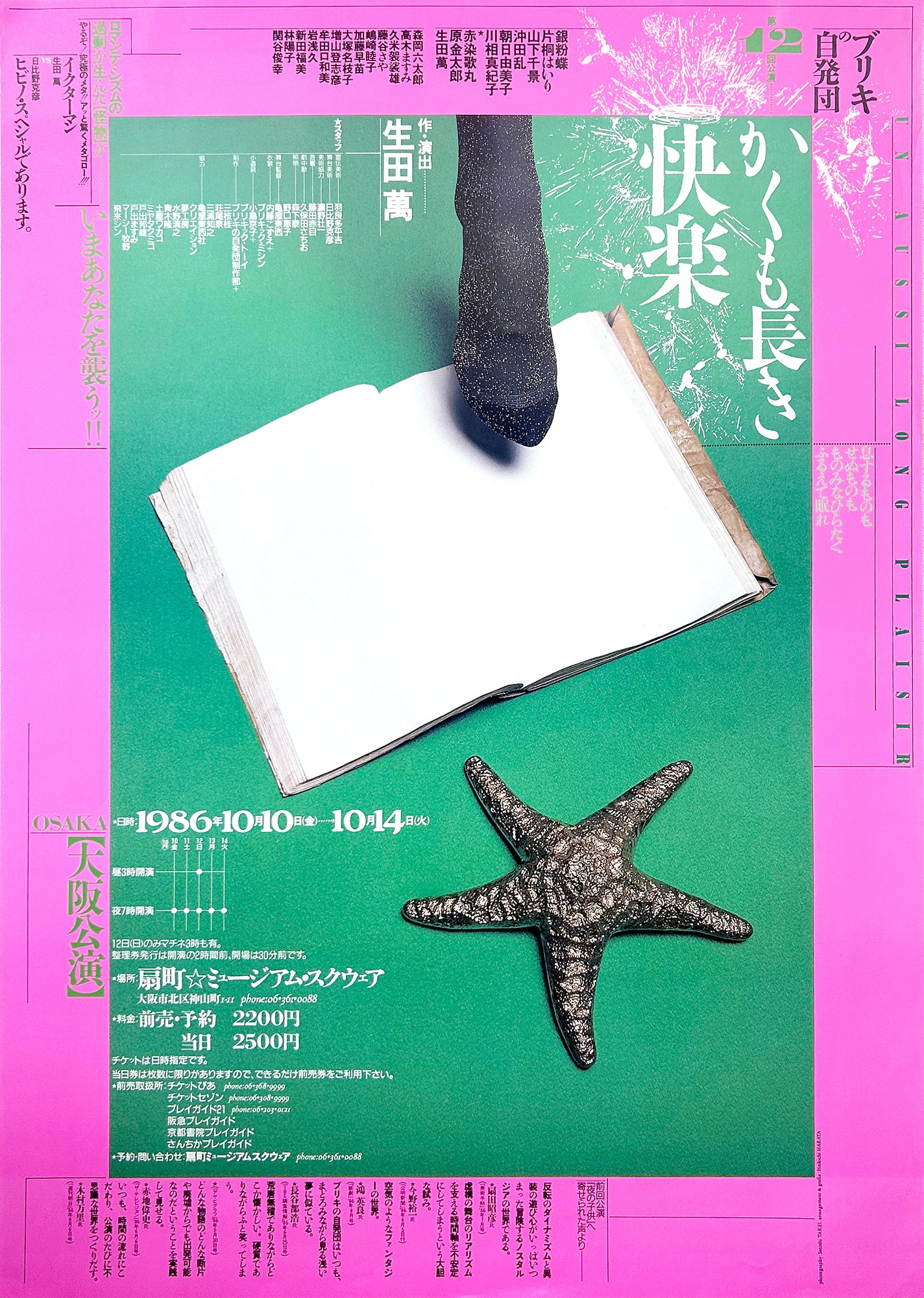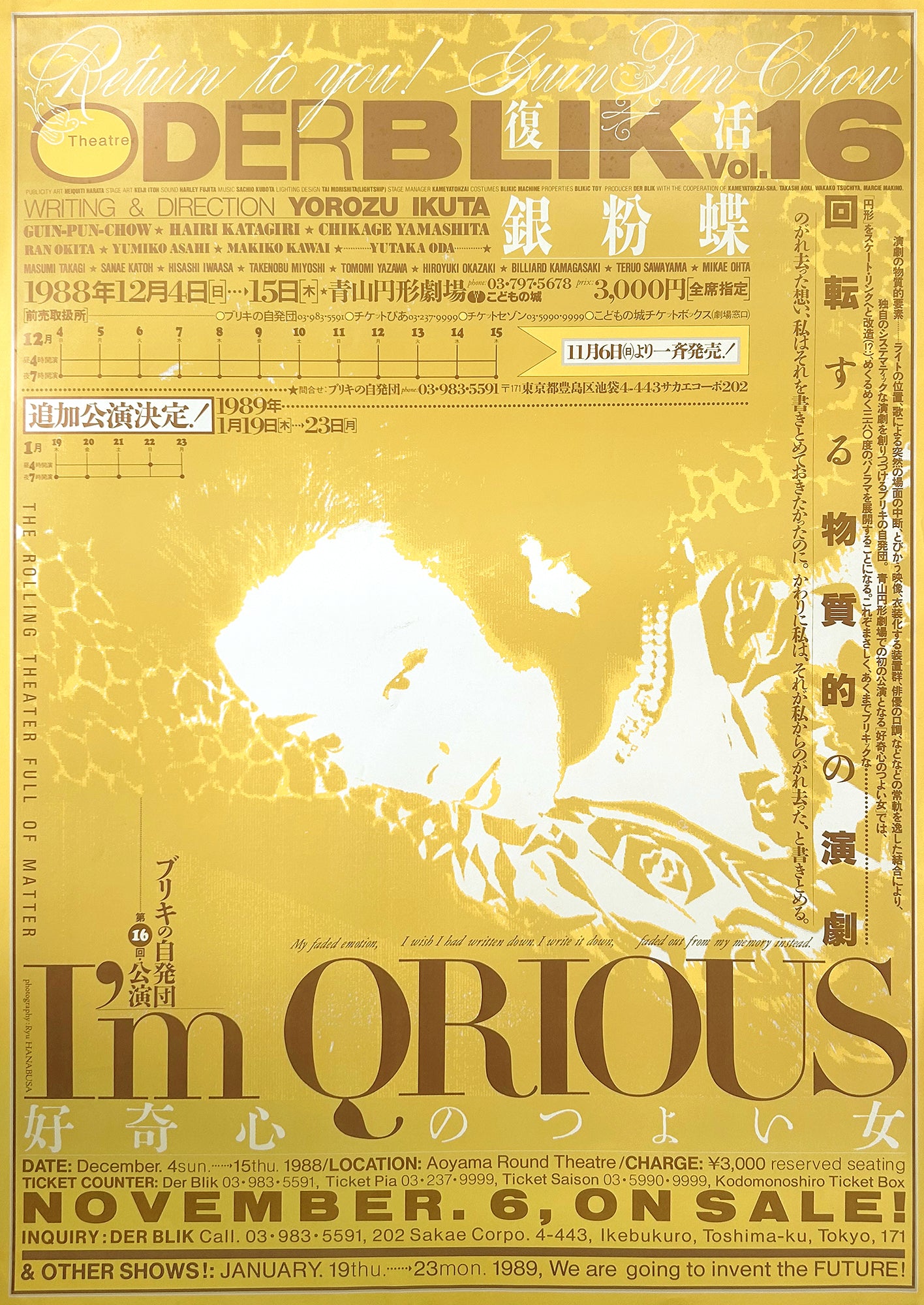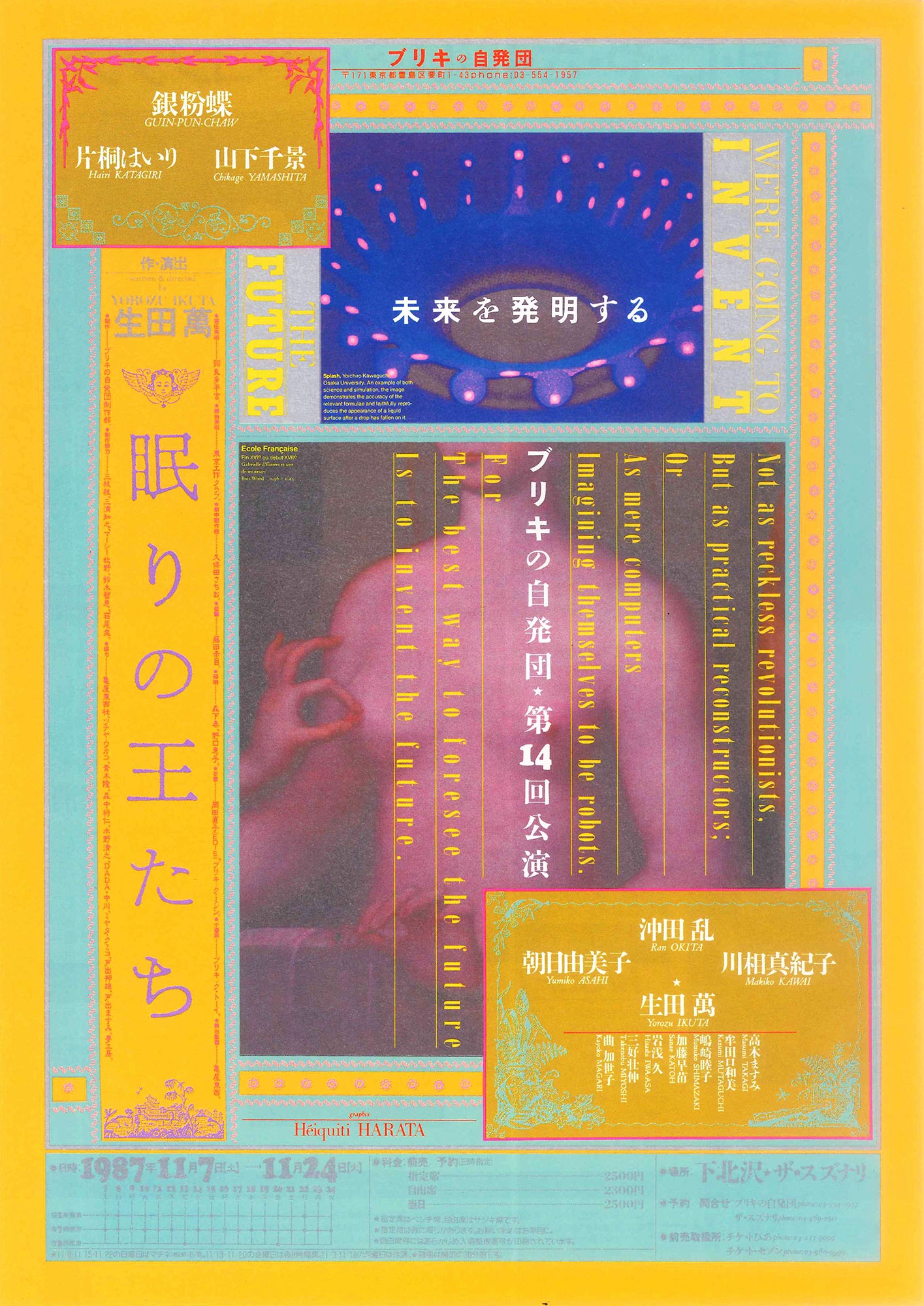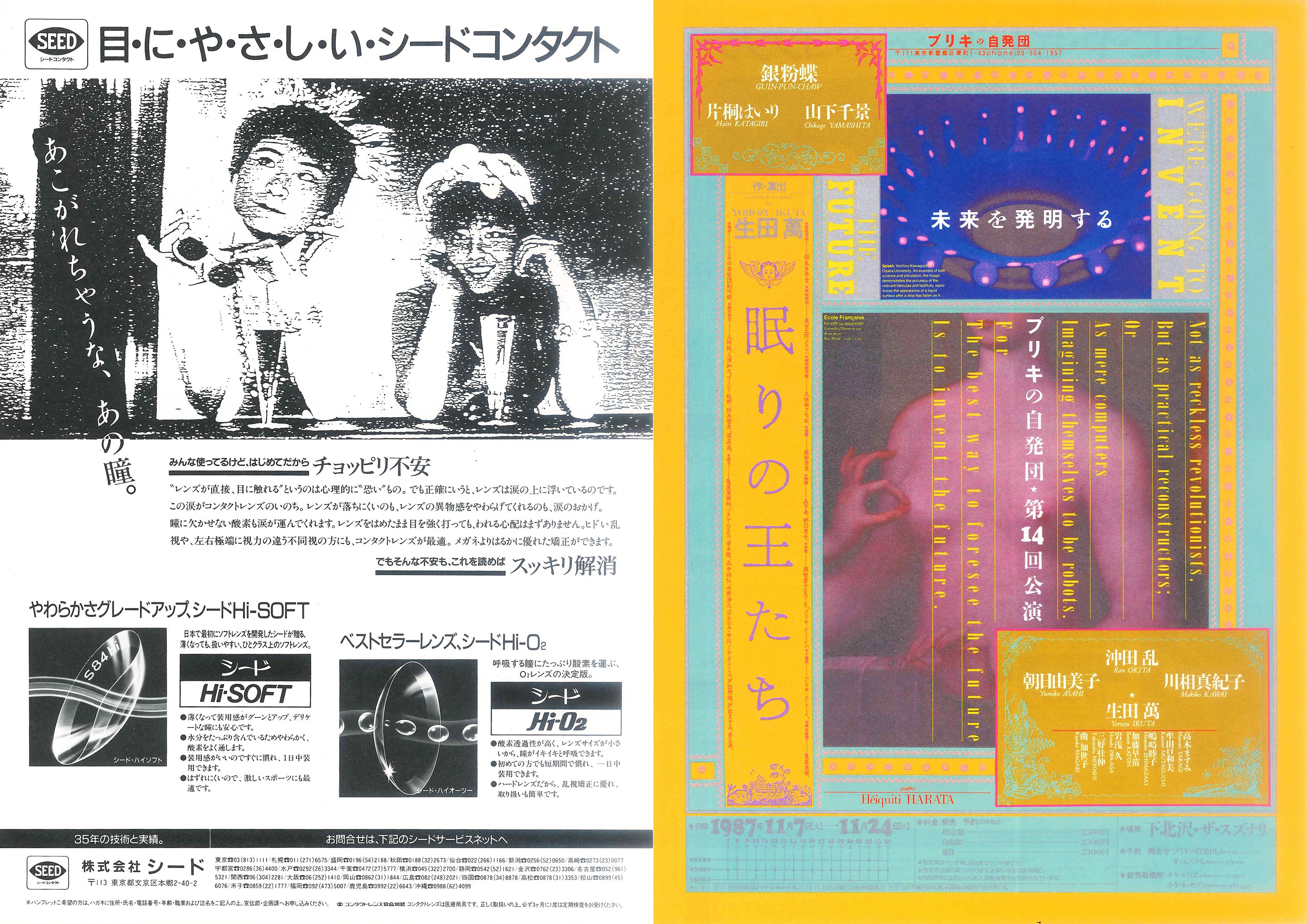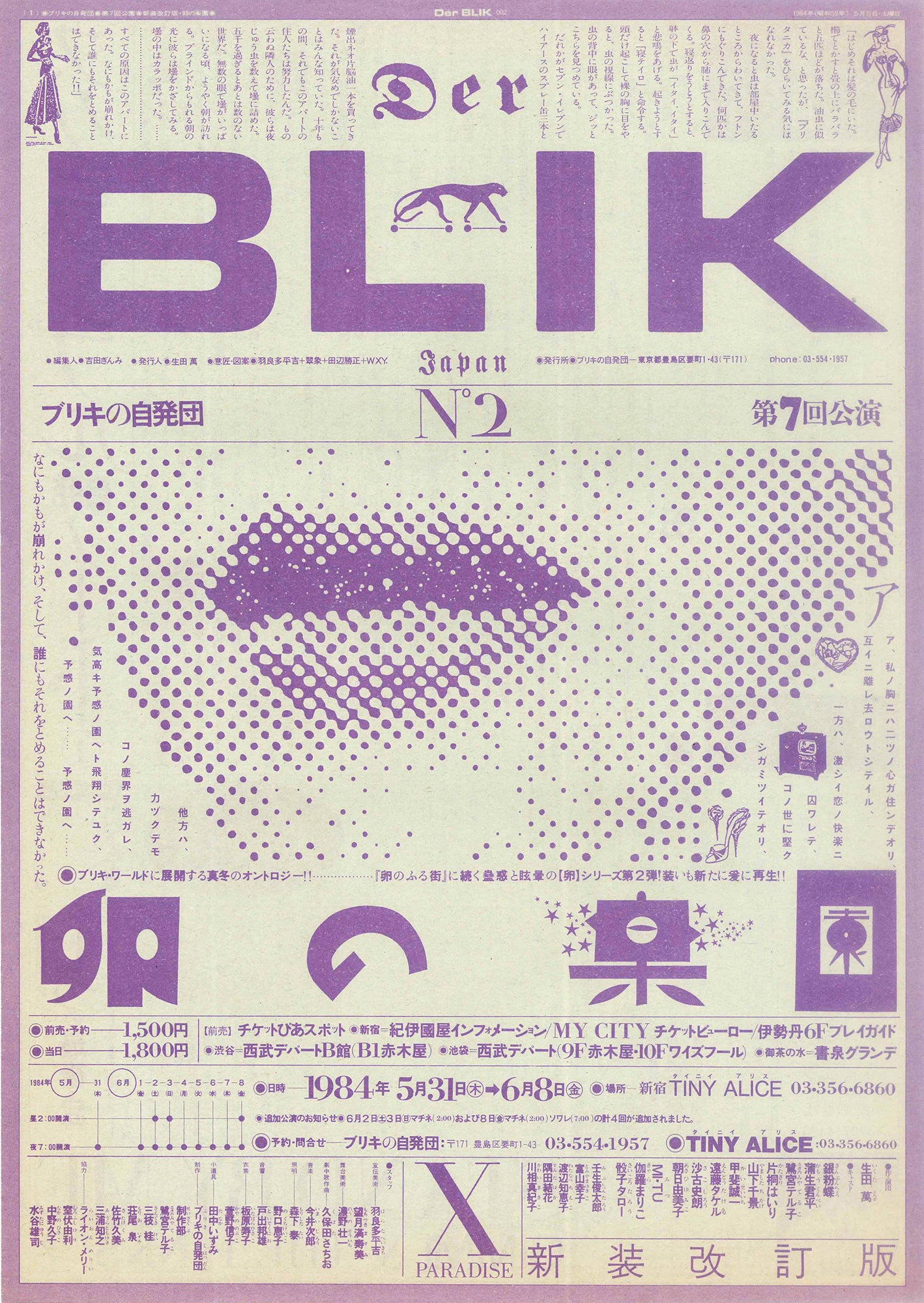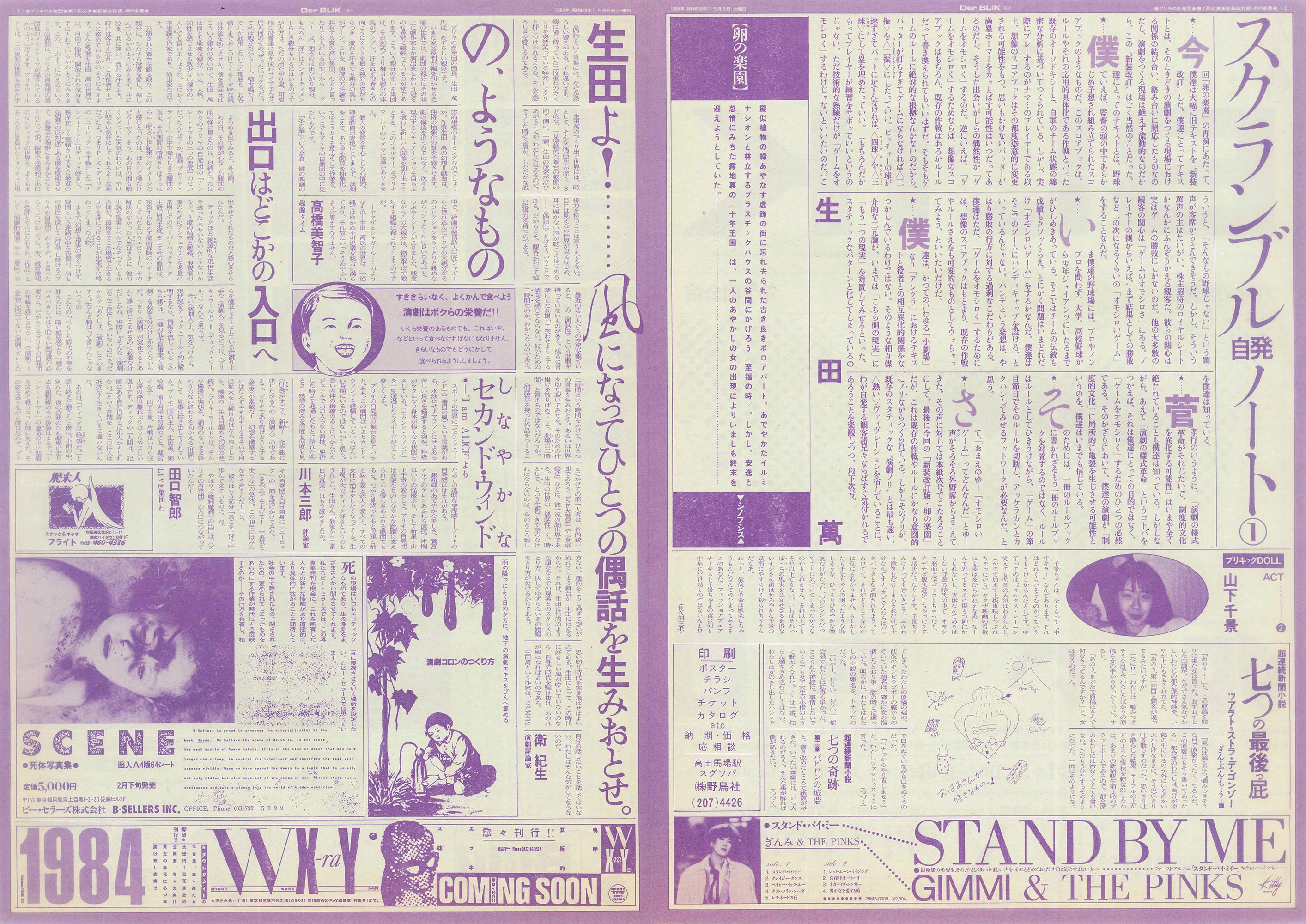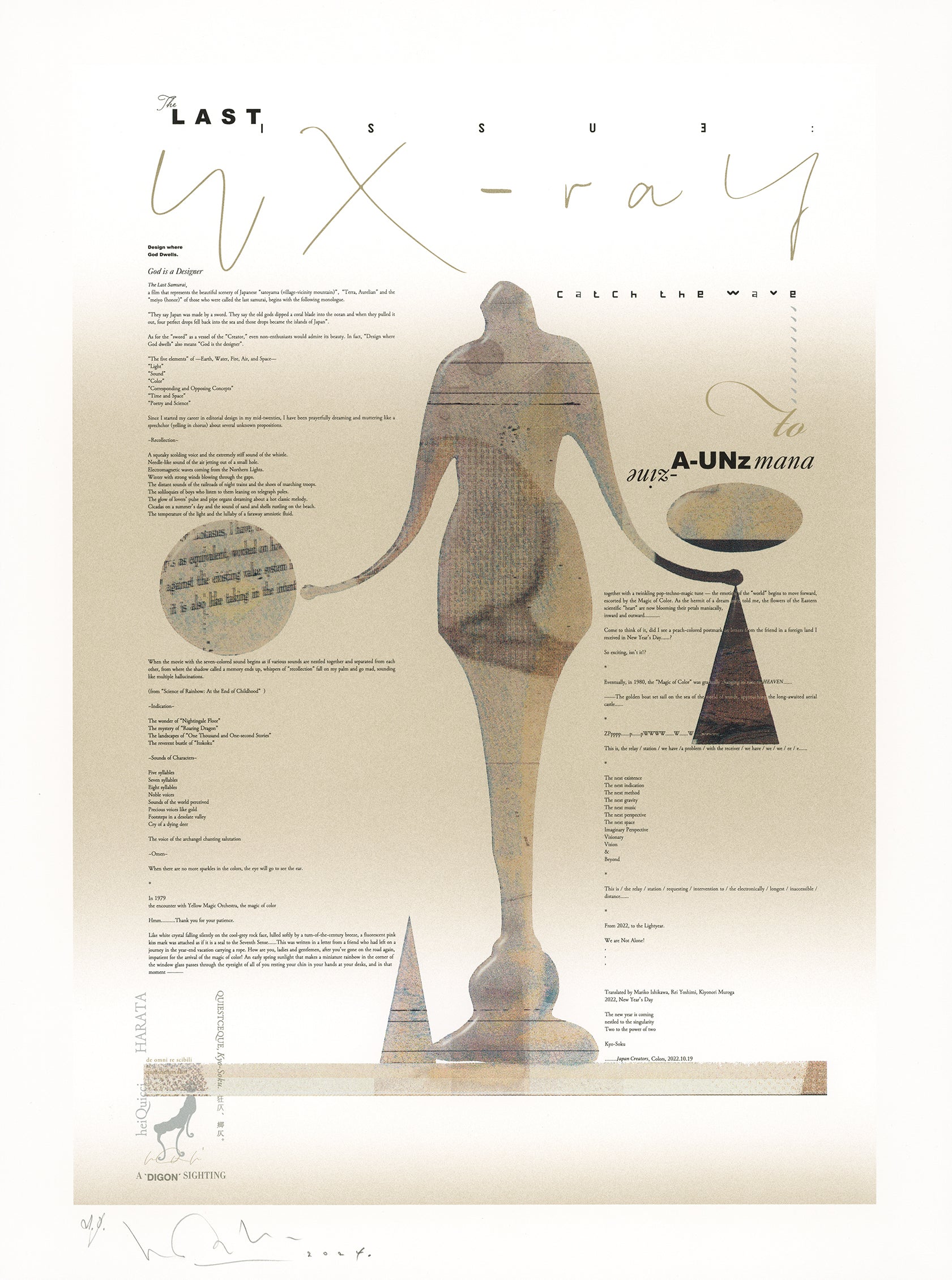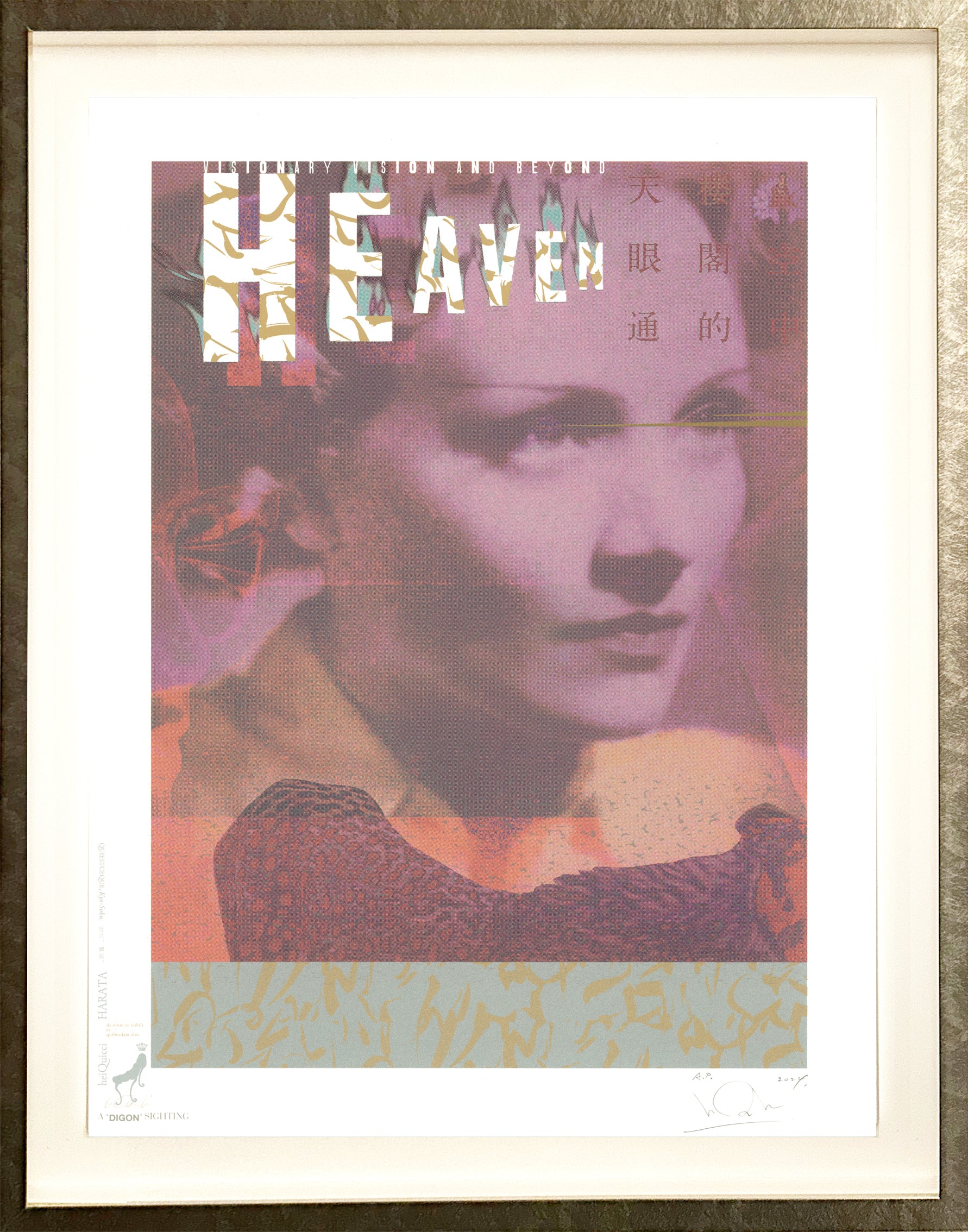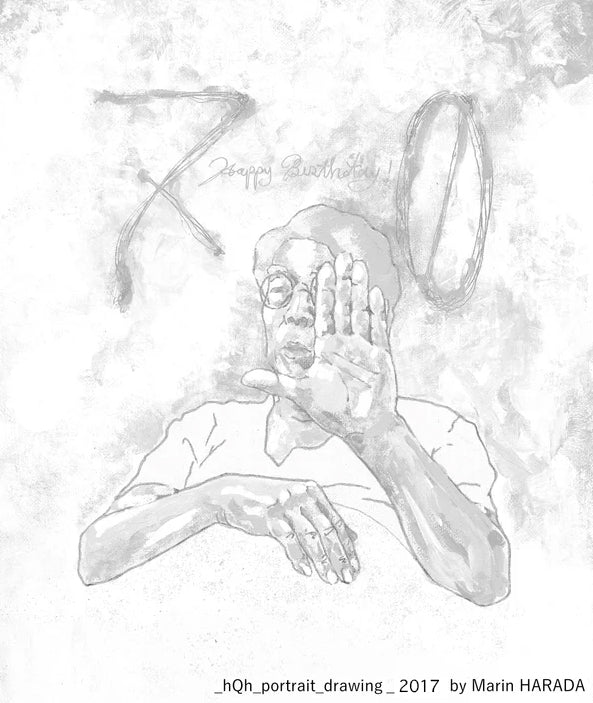NEW Information
(1) [Harata Heikichi private collection artworks] for sale
Saturday, September 28, 2024, 12:00 noon
(2) [YMO goods from Heikichi Harada's private collection] Auction
September 28, 2024 (Saturday) 12:00 noon - October 12, 2024 (Saturday) 12:00 noon
It will be sold on this website. More details will be announced at a later date.
art works by HeiQuicci HARATA
【羽良多平吉 個人蔵 art works】ブリキの自発団
New silkscreen works art project by HeiQuicci HARATA
Art project featuring new silkscreen works by Heikichi Harada
Harada Heikichi works as a calligraphy designer and editorial artist.
Starting with the album jackets and tour visuals for YMO (Yellow Magic Orchestra), he has accomplished numerous legendary works in a wide range of media, including books, record jackets, magazines, and comics.
The original and intricate typeface planning and design, which pursues detail from composition to color design, never ceases to fascinate those who see it.
This time, Heikichi Harada has produced his first silkscreen work, a reconstructed homage to the cover visuals of the magazine "HEAVEN" (1980), which are fervently supported by fans among his past designs, and the magazine "Quarterly D'Avlexy "WX-raY" Inaugural Preparation Issue" (1979).
All works are numbered and autographed, and are sold in limited quantities. Unlike offset printing, silkscreen printing allows for colorful and delicate expression. The world of Harada Heikichi is expressed in a unique and overwhelming presence through the use of ink with a unique thickness and layered structure.
Please come and see this quality for yourself, as it cannot be conveyed in photographs.
■Hommage to “HEAVEN”, the magazine of Visionary Vision and Beyond. 132,000 yen (tax included) / On sale now (limited to 50 copies)
■Hommage to “WX-raY”, catch the wave. 132,000 yen (tax included) / On sale now (limited to 75 copies)
*
New silkscreen works art project by HeiQuicci HARATA
HeiQuicci HARATA is a Shoyō-Sekkei designer/editorial artist.
Starting with the cover art for YMO's(Yellow Magic Orchestra) album and tour visual, he has achieved a number of legendary works in a wide range of media, including books, record jackets, magazines and comics.His original and exquisite Shoyō-Sekkei and designs, which pursue detail in everything from composition to color design, are fascinating to look at.
HeiQuicci HARATA will now produce his first silkscreen work, a tribute to his most fan-favourite designs, the
magazine “HEAVEN” cover visual(1980), the magazine “a quarterly magazine, Davlexy WX-raY, preparatory issue for the first issue” , which he will reconstruct himself.
All works are edition-numbered and signed by HeiQuicci HARATA, and each is available in a limited number.The variety and delicacy of expression that only silkscreening can offer, which differs from offset printing.The world of HeiQuicci Harata's work has been created with a unique and overwhelming presence through the use of the unique thickness of the ink texture and the layered structure.Please come and see this quality in person, which cannot be conveyed by photographs.
■Hommage to “HEAVEN”, the magazine of Visionary Vision and Beyond. 132,000yen (incl. tax)/Now on sale (limited to 50 copies).
■Hommage to “WX-raY”, catch the wave. 132,000yen (incl. tax)/Now on sale (limited to 75 copies)
*Countries available for shipping
South Korea, USA, Australia, France, Germany, HongKong, Singapore, Taiwan, UKUnitedArabEmirates
Featured collection
ART PIECE
ARTIST PROFILE
羽良多平吉(はらた・へいきち)プロフィールheiQuicci HARATA
エディトリアル・アート。1947年東京都生まれ。1970年東京藝術大学美術学部工芸科ヴィジュアル・デザイン専攻卒業。その後タウン誌の元祖とされる『新宿プレイマップ』、オブジェマガジン『遊』の編集などに参加。1975年、初の個展「虹色科学」展を開催し注目を集める。1979年、エディトリアル・デザイン事務所「WXY(ダヴレクシー)」を経て、1989年に株式会社「EDiX(エディックス)」を設立。
[書籍]イナガキ・タルホ『一千一秒物語』責任編集・香川真吾+羽良多平吉(1990 透土社・講談社出版文化賞・ブックデザイン賞受賞)、松岡正剛『フラジャイル 弱さからの出発』(1995 筑摩書房)、吉増剛造『花火の家の入口で』(1995 青土社)、皆川ゆか・サンライズ『機動戦士ガンダム 公式百科事典』(2001 講談社・第36回造本装幀コンクール日本印刷産業連合会会長賞受賞)、鋤田正義『T.REX 1972 SUKITA』(2007 カラーフィールドパブリケーションズ)、町立久万美術館展覧会各展図録(2009~・愛媛出版文化賞)、受賞。
[レコード・ジャケット]YMO(イエロー・マジック・オーケストラ)『SOLID STATE SURVIVOR(ソリッド・ステイト・サヴァイヴァー)』(1979 ALFA)、『パブリック・プレッシャー/公的抑圧』(1980 ALFA)、シーナ&ロケッツ『真空パック』(1979 ALFA)、Phew『Phew』(1981 PASS)、井上陽水『バレリーナ』(1983 フォーライフ)、細野晴臣『銀河鉄道の夜』(1985 ノン・スタンダード)。
[雑誌]『HEAVEN』(1980~81 群雄社)、『季刊 ダヴレクシー“WX-raY”創刊準備号』(1979 WX-raY inc,)、『Quick Japan クイック・ジャパン』(1993~98 太田出版)、『ユリイカ』(1998~2021 青土社)、『Donogo-o-Tonkaドノゴトンカ』(2008~09 りいぶる・とふん)、月刊漫画誌『ガロ』(1981~98 青林堂)、大島弓子漫画作品集『大島弓子選集』(1985~86・1995 朝日ソノラマ)。
[その他]劇団『ブリキの自発団』(1980~89)の宣伝美術など多数。
[単著]『断章集 二角形 Digon:fragments』責任編集・郡 淳一郎(2024 港の人)。
※
heiQuicci HARATA Profile
Editorial art. Born 28 September 1947 in Kichijoji Minami-machi, Musashino-shi, Tokyo. Graduated from Tokyo University of the Arts, Department of Crafts, Visual Design in 1970. Subsequently participated in the editing of the original town magazine "Shinjuku Play Map", the object magazine "Yuu" and the theatre theory magazine" Underground Theatre". In 1975, he attracted attention with his first solo exhibition, "Rainbow Colour cience". In 1979, after working for the editorial design office WXY (Davlexy), he established the joint-stock company EDiX in 1989. Notable works, the book / Inagaki Taruho, "One Thousand and One second Stories" (1990, Kodansha Publishing Culture Award, Book Design Award), Seigo Matsuoka, "Fragile" (1995), Gozo Yoshimasu, "At the Entrance of the House of Fireworks" (1995), Yuka Minakawa, Sunrise "Mobile Suit Gundam: The Official Encyclopaedia" (2001, 36th the Book Design Competition, Japan Printing Industry Federation Chairman's Award), Masayoshi Sukita, T.REX 1972 SUKITA (2007), Various catalogue of exhibitions at the Kuma Museum of Art (2009-, won many awards including the Ehime Publication Culture Award).
Record jacket/YMO (Yellow Magic Orchestra), "SOLID STATE SURVIVOR" (1979), "PUBLIC PRESSURE" (1980, Sheena & The Rokkets, "Vacuum Pack" (1979), Phew, "Phew" (1981), Yosui Inoue, "Ballerina" (1983), Haruomi Hosono, "Night On The Milky Way Train" (1985).
Magazines/HEAVEN (1980-81), Quarterly magazine, Davlexy "WX-raY", inaugural preparatory issue (1979), "Quick Japan" (1993-98), "Eureka" (1998-2021), "Donogo-o-Tonka" (2008-09), Monthly comic magazine "Garo" (1981-98), Collection of comic works "Yumiko Oshima Selected Works" (1985-86, 1995). Advertising art for the "Buriki No Jihatsudan" (1980-89), and many others.
His first single-authored book, "Literary Fragments Digon: fragments" (2024, Minato no Hito).

